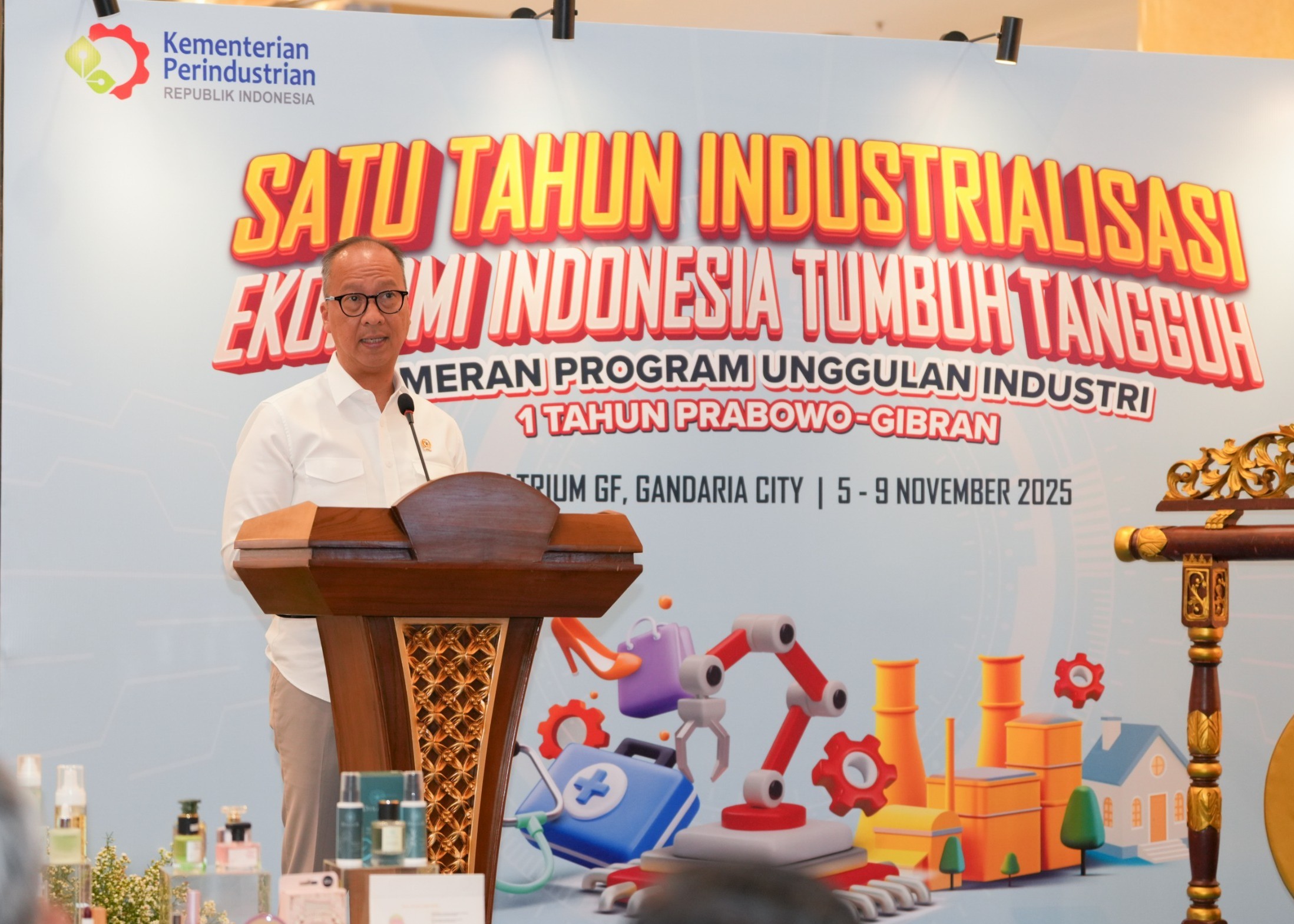Indonesia’s manufacturing sector continues to strengthen despite global economic pressures. The government’s policies aimed at improving production efficiency, market support, and domestic competitiveness have played a significant role.
Data from Statistics Indonesia (BPS), analyzed by the Ministry of Industry, shows that the non-oil and gas manufacturing industry (IPNM) grew by 5.58 percent in the third quarter of 2025. This figure surpassed the national economic growth of 5.04 percent.
“With this achievement, the manufacturing industry has become the highest contributor to economic growth, accounting for 1.04 percent, confirming the strategic role of the sector as the engine of the national economy,” said Minister of Industry Agus Gumiwang Kartasasmita in Jakarta on Thursday (6/11).
Exports Drive Manufacturing Performance in Q3 2025
The sector’s growth is supported largely by exports and investment. Non-oil and gas exports grew 12.56 percent year-on-year in Q3 2025, contributing 85.21 percent of total national exports.
The top five export commodities with the highest growth were animal and vegetable fats and oils (50.34 percent), iron and steel (15.88 percent), electrical machinery and equipment (17.55 percent), jewelry and gemstones (82.43 percent), and vehicles and their components (8.12 percent).
“Manufactured products have become Indonesia’s export backbone. This demonstrates that domestic industrial companies can compete internationally and drive economic growth. The growth in manufacturing exports this quarter also contributes to Indonesia’s trade surplus,” Agus said.
Strong Investment Flows Support Industry Expansion
From January to September 2025, investment in the manufacturing sector reached IDR 562.7 trillion, comprising domestic investment (PMDN) of IDR 178.9 trillion and foreign investment (PMA) of IDR 383.8 trillion.
“The manufacturing industry contributes 37.73 percent of total national investment. Its export contribution reaches 81 percent of total national exports, showing that Indonesia’s investment climate, particularly in manufacturing, remains attractive for both foreign and domestic investors,” the minister added.
Manufacturing Sector as a Major Employer
The industry employed 20.31 million people, or 13.86 percent of the national workforce. Between February and August 2025, manufacturing absorbed around 210,000 workers, making it the second-largest employment sector after construction.
“The manufacturing sector has become the second-largest provider of formal jobs, supporting household incomes and the national economy. Some companies have even absorbed workers laid off from other sectors,” Agus explained.
Production Capacity Shows Room for Growth
Despite strong performance, manufacturing utilization remains at 59.28 percent, indicating potential for further expansion. Increased domestic and export demand, along with production efficiency, could push utilization to optimal levels.
“The current level of manufacturing utilization shows significant room for expansion and capacity growth to further increase GDP,” the minister said.
PHOTO: KEMENPERIN
This article was created with AI assistance.
Read More






 Friday, 07-11-25
Friday, 07-11-25







